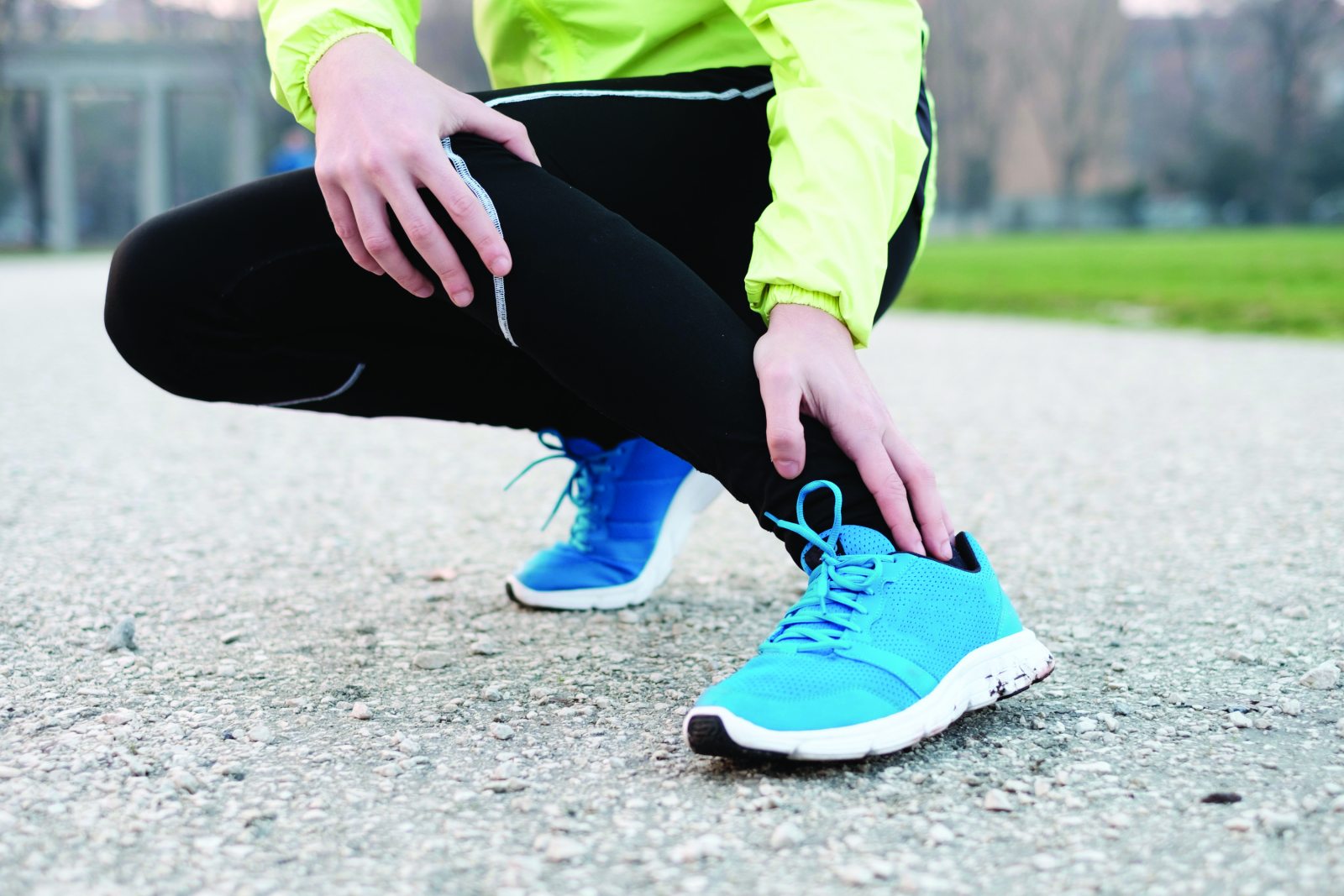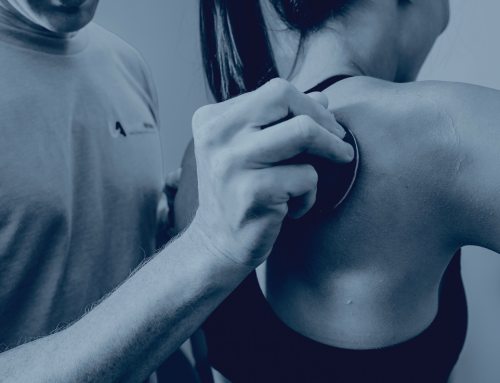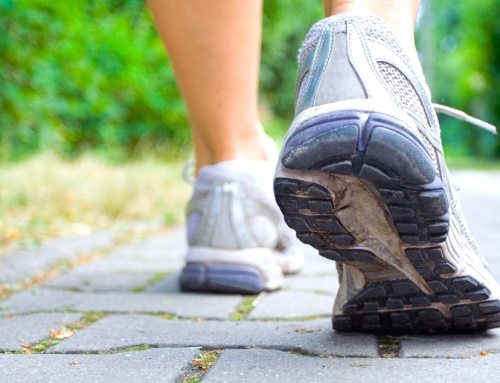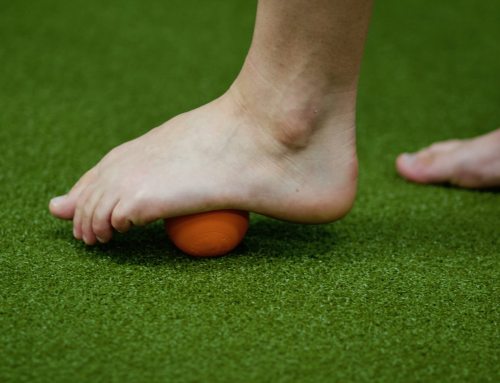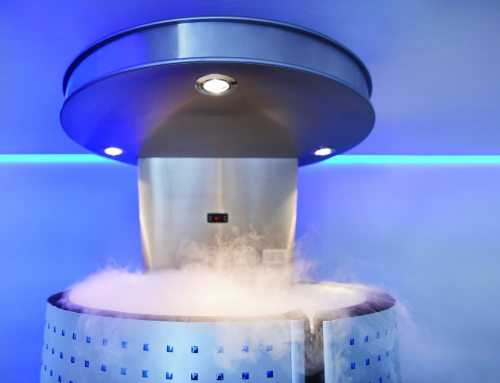By Brian Beatty
What is Tolerance? In the exercise and rehab world, the phrase “Progress to Tolerance” occurs often. Tolerance is very subjective. Our suggestion is that when anyone instructs you to “exercise, progress, weight bear, etc. to tolerance”, you should ask for clarification on their definition of tolerance. Every individual defines tolerance differently. If the goal is to repair or improve tissues, tolerance does not necessarily mean all you can mentally bear. The subject of the ‘tolerance’ is not your mental fortitude, it is the tissue structure that you are trying to heal or improve. A better definition of the ‘to tolerance’ phrase may be ‘maximally tolerated therapeutic dose’.
A couple of guidelines to use in assessing tolerance are baseline pain and recovery time.
Baseline pain is your current level of discomfort prior to an exercise or treatment session. Use a 0-10 scale, 0= not pain; 10= worst pain imagined and be sure to note where you are on the scale when you start the session. As you work, it is generally ok if you go up 1-2 points on the scale, maybe 3, but probably no more. When you stop, there should be an immediate reduction of the discomfort by 1-2 points. Within a few hours of rest and recovery, you should be back to your baseline level beforehand.
Associated questions in applying Tolerance to tissue healing.
Is this pain normal?
It is normal to anticipate some level of discomfort. If you feel your body clinching, flinching or withdrawing due to the load or pressure of your activity, that is your nervous system telling you to stop and change. Maybe go slower, do less, change position, try something different, but don’t try to push through.
How much healing has to happen before I try progressing? Are my tissues fully healed?
There are stages of tissue healing. Repair, remodel, and rebuild full normal capacity. Repair is the when the damaged or torn tissue parts knit back together. At a minimum, this needs to occur before adding more stress to the tissues. Tissues initially repair with scar tissue. The initial repair stage is scar tissue knitting back torn tissue fibers.
What is tissue remodel?
Scar tissue is designed to be a temporary structure providing a scaffold or model so that normal tissue structures can then replace the scar tissue. This process takes longer and usually some amount of tissue load is needed to facilitate the remodeling process. During the remodel process we need to put controlled load or stress on the tissues. Tissues adapt to the stress placed upon them. We are always trying to find the ‘therapeutic load’, which is the amount of stress that provides a stimulus for the tissue to adapt and get stronger, without so much stress that it actually injures, i.e. damages the structural integrity of, the tissue. More is not better. It is a ‘Goldilocks’ problem. Too little, no change from present state. Too much, continual tissue damage, no change or worsening from current state. Just right, increased strength and improvement.
How is rebuild different from remodel?
Once remodeling has occurred, tissues (bone, tendon, muscle) may look normal on imaging (x-ray, MRI, ultrasound), but they do not have the strength, flexibility and residual capacity of normal tissue yet. The rebuild stage of healing still requires the appropriate use of exercise and load to build back to the levels prior to injury of even beyond. However, this process takes time. At this point in the rehab process, the pain should be gone, and you are, hopefully, back to normal activity levels. But the pain being gone does not mean your tissues are back to normal. Rather it just means that you have reached this third stage of healing. It takes many weeks to months of activity to fully rebuild this third stage. Neglecting, rushing, or trivializing this process can lead to recurring injury or acceptance of suboptimal healing and recurring nagging pain.
The next time you have to deal with an injury, an annoying discomfort from over doing, or even just increased stress from pushing your body up to a new level of performance, remember the stages of tissue healing to help you navigate your path successfully.
Trailhead ‘Gyro’, aka Brian Beatty, physical therapist, spends whatever time he can and not as much as he wants, playing in the woods with feet, bikes & dogs. When not there, he hangs out at Balanced Movement Studio (www.Balanced-Movement.com) trying to help others so that they can do more of whatever they enjoy.


